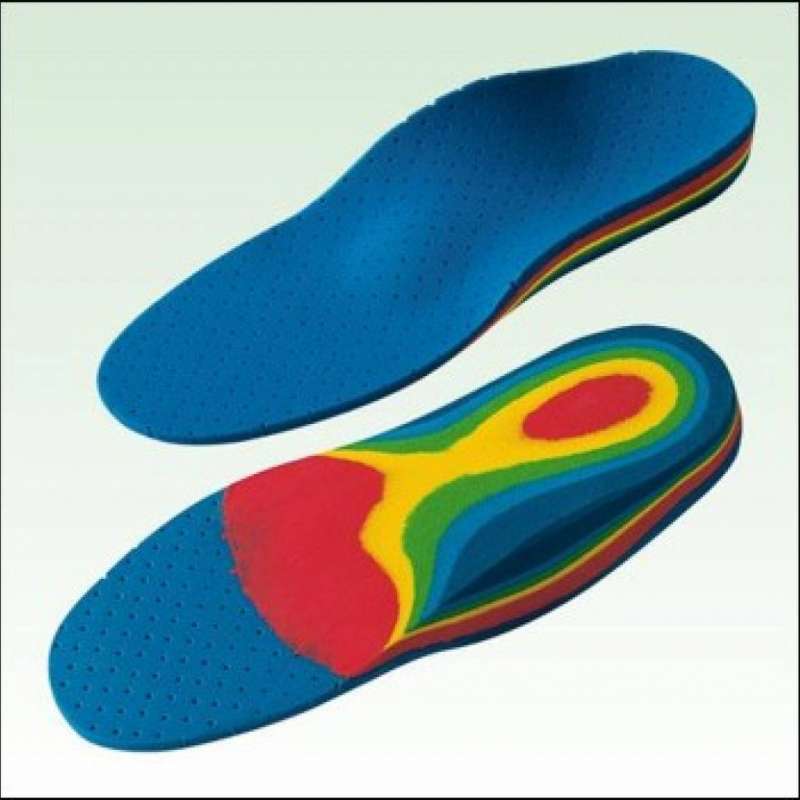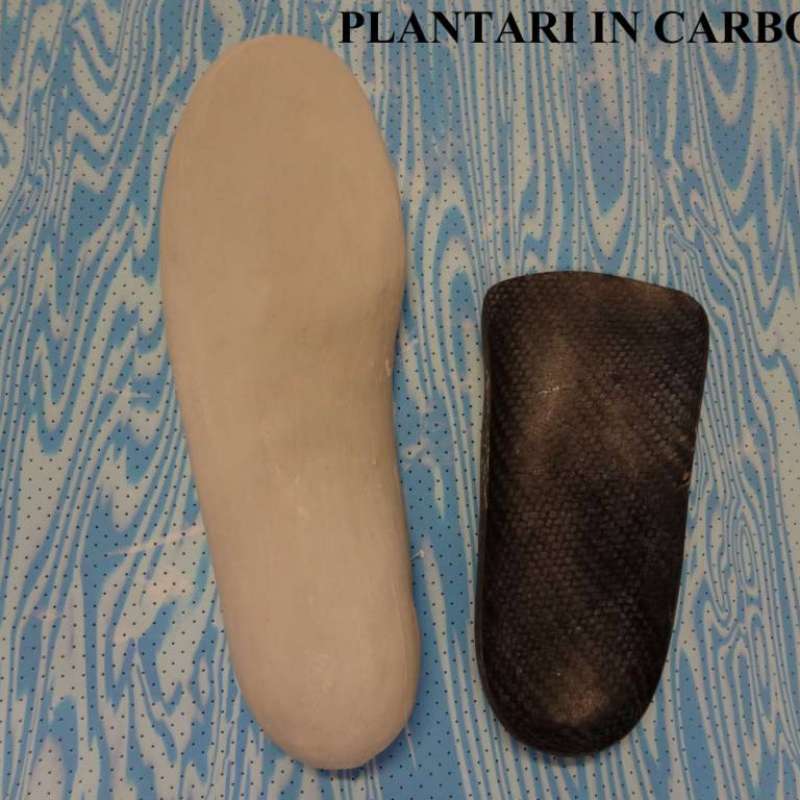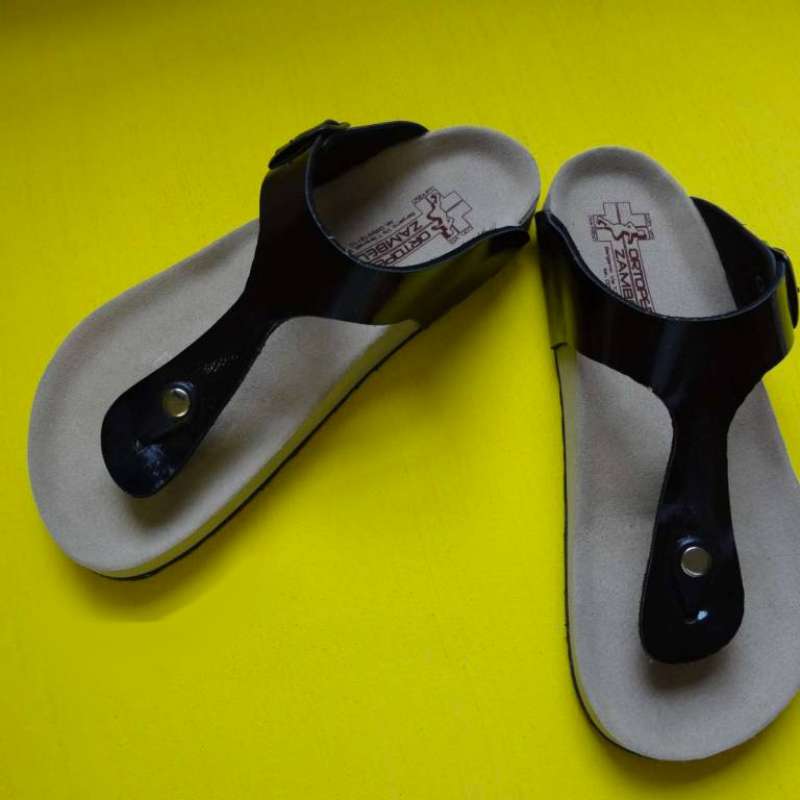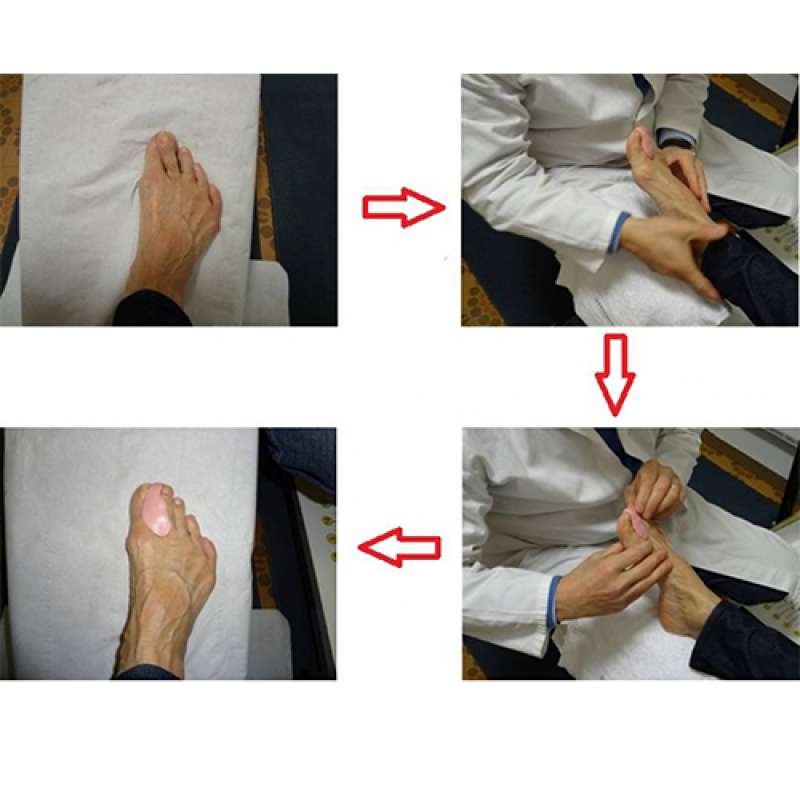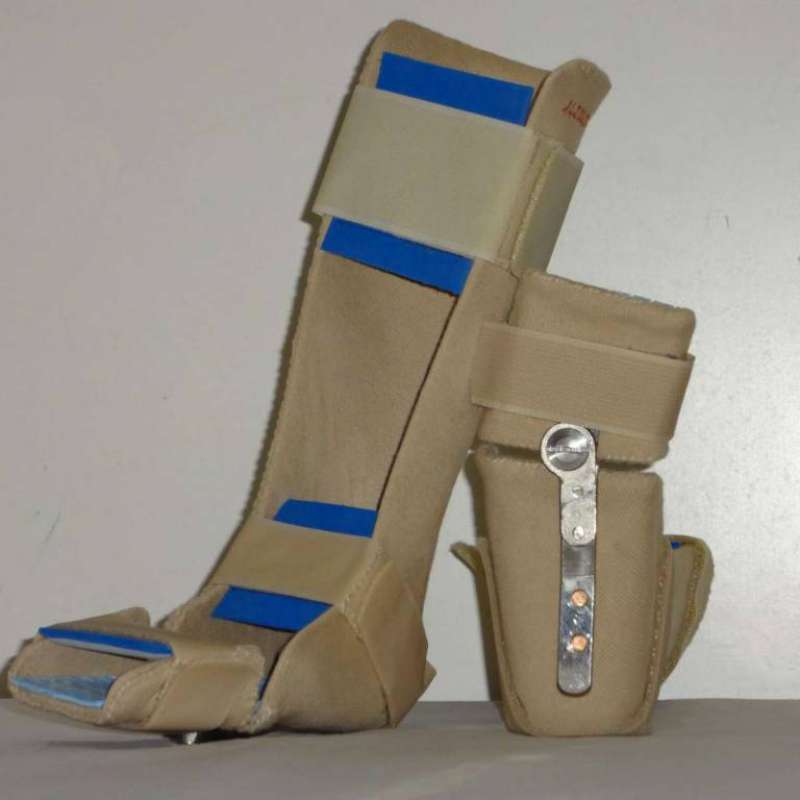Computerized gait analysis

The computerized gait analysis, also known as the biomechanics of walking analysis, is a process used to assess and analyze the body's movements during the walking phase. This analysis can be useful for identifying any dysfunctions or biomechanical abnormalities that may cause pain, injuries, or walking problems.
During a computerized gait analysis, specialized tools such as pressure mats or motion sensors are used to collect quantitative data on the movements of the feet, legs, and body during walking. These tools are connected to a computerized system that records and analyzes the data.
Some of the parameters evaluated during a gait analysis may include:
-
Plantar pressure distribution: Contact areas and load distribution under the foot during walking are recorded, which can help identify any imbalances or overloaded areas.
-
Spatial and temporal parameters: Step length, speed, stance phase duration, and step frequency are measured to evaluate step symmetry and efficiency.
-
Joint angles and movements: Angles and movements of joints such as knees, ankles, and hips are analyzed to identify any abnormalities or alterations in gait kinematics.
-
Force parameters: Some gait analysis systems can evaluate muscle strength and its distribution during the gait cycle.
After the gait analysis, the results are interpreted by our qualified orthopedic technicians, who can use this information to develop a personalized treatment plan. This may include the use of custom-made insoles, therapeutic exercises, posture corrections, or other specific therapies aimed at improving biomechanics and comfort during walking.
Computerized gait analysis can be particularly useful for athletes, people with musculoskeletal problems, patients with injuries or neurological conditions, or anyone with walking difficulties.
